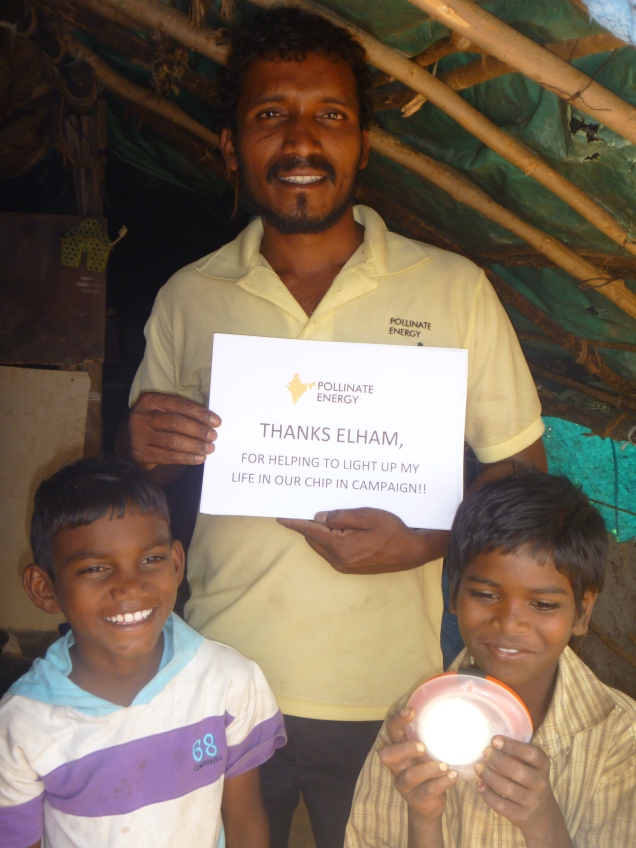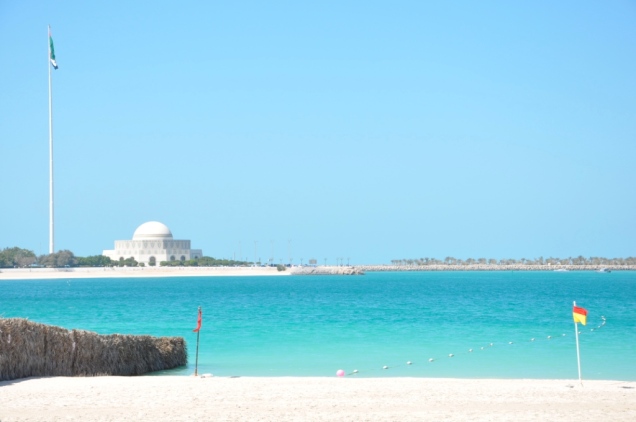
Addressing poverty is a daunting task. Firstly there are a number of reasons why poverty exists. These include environmental factors, lack of access to natural resources like fresh water, hunger, social inequality, lack of education, lack of access to healthcare and lack of employment opportunities.
I believe that there are a few fundamental things that, if addressed, will improve the lives of many of those living in poverty. These key factors include education, healthcare, food and shelter.
One of the other forms of poverty is energy poverty. What this term refers to is the lack of access to energy which results in the use of kerosene and other forms of fuel which have health impacts on those that use it.
The World Economic Forum states that “Access to energy is fundamental to improving quality of life and is a key imperative for economic development. In the developing world, energy poverty is still rife. Nearly 1.6 billion people still have no access to electricity, according to the International Energy Agency (IEA).”
This is something that I experienced first-hand when I visited India in 2004. So many hours of the day were spent without electricity. Many businesses would have to operate their own diesel generators which have their own environmental problems, such as air pollution.
There is one organisation though that is aiming to change that: Pollinate Energy (http://pollinateenergy.org/about/). I first heard of Pollinate Energy through one of its founders who is a friend of a friend! She is one of the founders of this organisation which is aiming to end energy poverty in India through locally manufactured and affordable clean energy solutions. Their current program is to provide solar lights in homes thereby eliminating the use of Kerosene. We all take for granted that we can switch on a light and are able to see and work and operate. Many people do not have this luxury and these are the people that Pollinate Energy want to help.

What I love about this initiative is that they are working with employing people from the local community and providing them a business opportunity to sell these solar lights to households in their community. They are therefore addressing a number of things that lead to poverty: employment, energy and health.
I also love that they want to share their passion and knowledge with other like-minded people through their Young Professionals Program. The Young Professional Program is aiming to foster future leaders through a two week program based in Bangalore, India.
If you would like to know more and to participate in the Young Professional Program, please go to: http://pollinateenergy.org/our-programs/ypp/ and sign up! Entries close 25 June.

